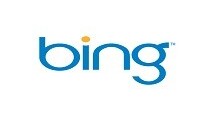
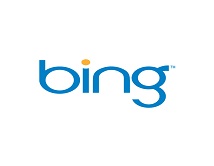 With Google’s unchecked domination of the Search business, it’s sometimes tough to remember that there are viable alternatives out there.
With Google’s unchecked domination of the Search business, it’s sometimes tough to remember that there are viable alternatives out there.
Indeed, Google currently controls a commanding 72% of the search market, according to Experian Hitwise. However, the search market is seeing an interesting shift right now, as Yahoo continues to lose ground to Bing. With the recent US and EU approval of a search deal between Yahoo and Bing, it appears that the search market will soon become a two horse race between Google and Bing.
Bing has taken the fight to Google, and amazingly, Bing has Google beaten in a few big areas.
Bing Cashback
Bing’s biggest attraction for many power users is their cashback program. Microsoft organized partnerships with many online retailers to pay a fraction of the purchase price of items bought through Bing back to the consumer. This would be a nice feature even if it only netted you a couple of dollars back here and there. However, the program offers cashback rewards of up to 35% from certain stores, and includes such marquee names as eBay, Newegg, Dell, Barnes and Noble, Footlocker, Gap, The Home Depot and other major retailers. Also, if you search for products in Bing, it will give you a normal list of results, but it will also indicate stores which it has a cashback deal with.
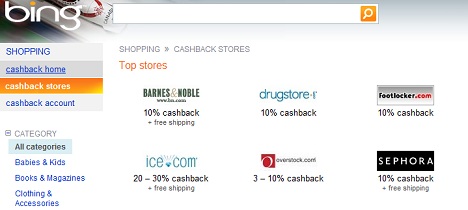
This helps to direct users towards these cashback deals. These deals can net shoppers huge cashback rewards, like the $250 I got back from the purchase of a laptop this winter.
Visual Search
Another one of Bing’s major draws (as this ad shows off) is the Visual Search feature. While it’s definitely still in beta (and not really beta in the Google sense) what it can do is rather impressive. For the queries it has information for, such as yoga poses or Olympic events, it displays a series of related pictures sorted in alphabetical order.
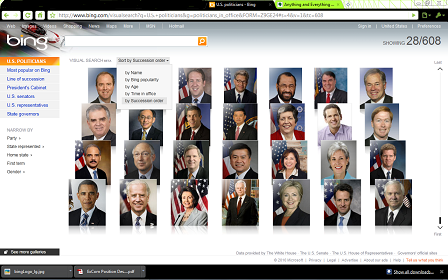
As you scroll through the list of pictures, you can click on any picture to search it. This feature is only going to get more impressive as the team at Bing expands it.
Bing Maps with Photosynth
This newly announced feature is currently the killer app of the Bing suite. Before this feature was introduced, Bing Maps was a very similar product to Google Maps. While it doesn’t have the street-level coverage of Google’s Streetview or the features of Google Transit, it does have a very attractive zoom to Streetside (Microsoft’s Streetview) feature, as well as the ability to view aerial photos taken at an angle. However, the recent integration of Microsoft’s Photosynth has set Bing Maps apart from Google Maps. The feature, which runs on Silverlight, displays collections of photos stitched together into a panorama.

These panoramas, which are uploaded by users on Microsoft’s Photosynth site, often give amazingly detailed views of the outside and inside of locations all over the world (including Olympic venues). The results, to put it bluntly, can be spectacular.
Bing’s searches have one key advantage over Google’s. When you’re paging through the results Bing returns, you can click on an arrow that appears to the right of the search and get a preview of the content on the page. For example, the preview for Apple’s website provides links for all of Apple’s major products and includes support information. For a business, the contact info, hours and other important information is usually listed.
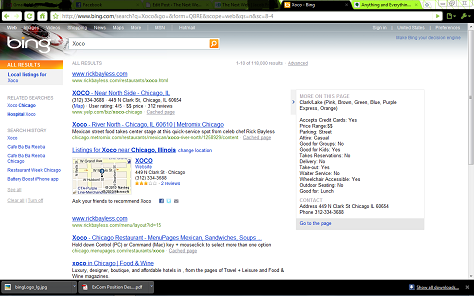
It’s a very useful feature, allowing you to get the information you need without having to sift through page after page, especially if you’re in a hurry.
Bing Video
As a video aggregator, Bing Video has Google Video whipped. Google Video searches mostly Youtube and Google Video videos, while incorporating the odd Vimeo or Dailymotion video here and there. Bing also includes these videos, but also includes clips from major network shows and Hulu. The best part, however, is the way the videos are presented. Google’s video search aesthetic isn’t particularly well-suited for video medium either, with results pages that look like crude versions of Youtube’s search result pages. By comparison, Bing’s results pages look much sleeker.

In addition, when you mouse over a video’s thumbnail on these results pages, a preview of the video begins to play. It’s an incredibly useful feature.
The differences between the two search engines are emblematic of the differences between the two companies. Google’s philosophy basically comes down to delivering a lot of relevant information to the searcher. While you sometimes have to wade through a bit of information to get to what you’re looking for, Google makes sure you have everything you could possibly need immediately at hand.
Bing, on the other hand, seems to focus on delivering the basic information with less effort required than Google. This is great when you need quick summaries of a website or little tidbits like phone numbers and addresses, but it isn’t as useful when you want more complete information. They’re focused on making the information more accessible, often at the cost of volume.
So what does this all mean? Is Bing a Google Killer? No. Definitely not. Is Bing a viable alternative to Google? Yes. It definitely is. The sites are designed for fundamentally different functions. Google is still where you should turn for research, among many other things. But where Windows Live Search was once a pathetic joke, Bing can now be considered a serious search engine. Even for Google diehards (like me), Bing is worth giving a shot. It’s certainly different, but not in a bad way.
Get the TNW newsletter
Get the most important tech news in your inbox each week.





